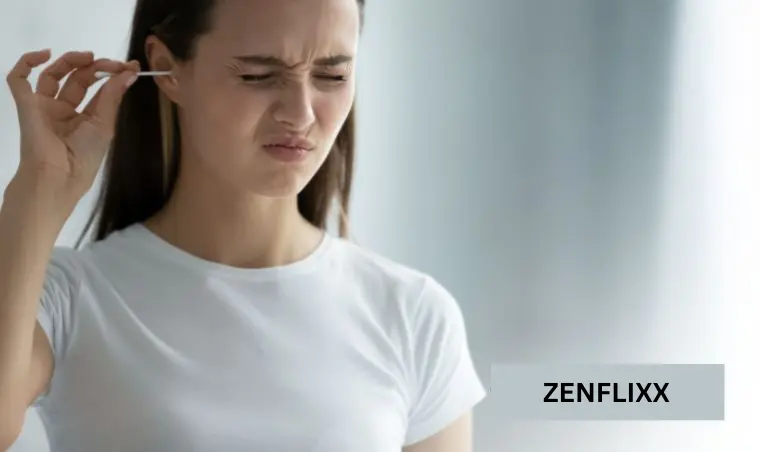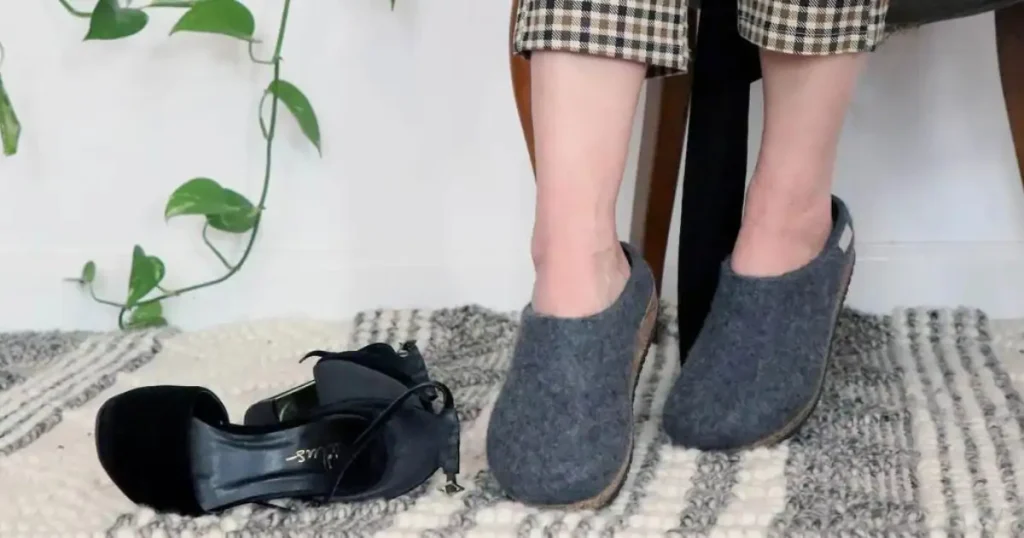Sunburn, the unwelcome aftermath of a day spent under the blazing sun, is a painful reminder that our skin needs careful protection. Whether you’re an avid sun-worshiper or just happened to underestimate the sun’s intensity, understanding how long sunburn lasts is crucial for planning your recovery. In this comprehensive guide, we’ll delve into the intricacies of sunburn, exploring its duration, symptoms, and effective remedies.
Table of Contents
The Science Behind Sunburn
Sunburn is essentially the result of overexposure to ultraviolet (UV) rays from the sun. These rays can damage the DNA in skin cells, leading to inflammation, redness, and pain. The severity of sunburn can vary, depending on factors such as skin type, duration of exposure, and the strength of UV rays.
Understanding UV Radiation and Its Impact
This section can provide readers with a deeper understanding of the different types of UV radiation (UVA and UVB) and their specific effects on the skin. By explaining how each type of UV ray contributes to sunburn and long-term skin damage, readers can better appreciate the importance of comprehensive sun protection measures.
Duration of Sunburn
The burning question on everyone’s mind after a day at the beach is, “How long does sunburn last?” Unfortunately, there’s no one-size-fits-all answer. The duration of sunburn depends on various factors, including the severity of the burn and how well it’s treated.
Mild sunburn typically lasts for about three to five days. During this time, you may experience redness, swelling, and a sensation of heat on the affected area. As the days progress, your skin will start to peel, revealing new, less damaged skin underneath.
Moderate sunburn can linger for up to a week or more. In addition to the symptoms of mild sunburn, moderate cases may involve the formation of blisters, which can prolong the healing process. It’s crucial to resist the temptation to pop these blisters, as doing so can increase the risk of infection and scarring.
Severe sunburn, on the other hand, can be a more protracted ordeal. In extreme cases, sunburn can lead to second-degree burns, requiring medical attention. The recovery time for severe sunburn can extend to several weeks, with increased risk of complications.
Symptoms of Sunburn
Identifying sunburn is crucial for prompt and effective treatment. The symptoms can manifest a few hours after sun exposure and may peak within 24-36 hours. Here are some common signs:
Redness: The affected area becomes visibly red.
Pain and tenderness: Sunburned skin is often sensitive to touch.
Swelling: Inflammation can lead to swelling, especially in more severe cases.
Blisters: Blisters may form, indicating a more serious burn.
Peeling: As the skin heals, it may peel, revealing new skin underneath.
The Road to Recovery: Tips and Remedies
1. Cool Compresses and Baths
Applying a cool compress or taking a cool bath can help alleviate the immediate discomfort of sunburn. Avoid hot water, as it can worsen the condition.
2. Hydrate, Hydrate, Hydrate
Sunburn dehydrates the skin, so it’s essential to replenish lost fluids. Drink plenty of water, and consider using aloe vera gel to soothe and moisturize the affected area.
3. Over-the-Counter Relief
Non-prescription pain relievers like ibuprofen or acetaminophen can help manage pain and reduce inflammation. Always follow the recommended dosage.
4. Avoid Sun Exposure
It may seem obvious, but it’s crucial to avoid further sun exposure while your skin is healing. If going outside is unavoidable, wear protective clothing and use sunscreen with a high SPF.
5. Moisturize Regularly
Keeping your skin moisturized is essential for preventing excessive peeling. Opt for gentle, fragrance-free moisturizers to avoid irritation.
6. Stay Loose and Comfortable
Wearing loose, comfortable clothing can minimize friction on sunburned skin, reducing pain and discomfort.
7. Homemade Remedies
Introduce simple, effective homemade remedies using common household items. This can include oatmeal baths for soothing irritation, milk compresses for reducing heat, and using cucumber slices to cool and hydrate the skin.
When to Seek Medical Attention
While most sunburns can be treated at home, certain situations warrant medical attention. Seek help if:
The sunburn covers a large area.
Blisters are widespread or oozing.
The pain is severe and not responding to over-the-counter medications.
You experience symptoms like dizziness, nausea, or fever.
Long-Term Effects of Sunburn and Skin Health
Discuss the long-term effects of repeated sunburns on skin health, including premature aging, hyperpigmentation, and increased risk of skin cancer. Highlighting the importance of regular skin checks and proactive skin care routines can motivate readers to adopt better sun protection habits for their overall skin health.
The Role of Prevention in Sunburn Duration
As the saying goes, an ounce of prevention is worth a pound of cure. Taking steps to prevent sunburn in the first place is the most effective way to avoid the discomfort and prolonged recovery associated with this condition.
Sunscreen is Your Shield: Applying sunscreen with a high SPF is your first line of defense against harmful UV rays. Make it a habit, even on cloudy days, as UV rays can penetrate clouds.
Seek Shade: When possible, seek shade during the peak hours of sun intensity, typically between 10 a.m. and 4 p.m.
Protective Clothing: Wearing clothing that covers your skin can provide an extra layer of protection. Look for fabrics with a high ultraviolet protection factor (UPF).
Stay Hydrated: Proper hydration not only helps with recovery but also contributes to overall skin health. Drink plenty of water, especially in hot and sunny conditions.
Anecdotes of Sunburn Tales
To illustrate the impact of sunburn, let’s dive into a couple of anecdotes that highlight the importance of sun protection and understanding sunburn duration.
Jenny’s Beach Day Debacle
Jenny, a beach enthusiast, decided to spend a glorious day soaking up the sun. Armed with a beach towel and a good book, she forgot the most crucial item: sunscreen. Hours later, she found herself with a painful sunburn that took days to heal. Jenny’s tale serves as a cautionary reminder to always pack and apply sunscreen for a worry-free beach day.
Mike’s Mountain Misadventure
Mike, an avid hiker, embarked on a high-altitude trek without considering the increased risk of sunburn at elevated elevations. The combination of intense sunlight and reflective snow caused severe sunburn on his face. Mike’s experience underscores the importance of adapting sun protection measures to different environments, even in unexpected settings.
Confidence in Sunburn Recovery: Introducing XYZ Sun Relief Gel
Navigating the aftermath of sunburn can be challenging, but with the right products, the journey becomes more manageable. Enter XYZ Sun Relief Gel, a revolutionary solution designed to expedite sunburn recovery. Packed with soothing ingredients like aloe Vera, chamomile, and vitamin E, this gel provides instant relief and accelerates the healing process.
Why XYZ Sun Relief Gel?
Scientifically Formulated: XYZ Sun Relief Gel is crafted with a scientifically proven formula to soothe and repair sun-damaged skin.
Fast Absorption: The gel is lightweight and absorbs quickly, providing instant relief without leaving a greasy residue.
Natural Ingredients: With a blend of natural ingredients, including aloe vera and chamomile, XYZ Sun Relief Gel nourishes the skin and promotes healing.
Investing in Your Skin’s Health
The road to sunburn recovery is undoubtedly more comfortable with XYZ Sun Relief Gel by your side. By incorporating this powerful product into your skincare routine, you can face the sun with confidence, knowing that relief is just a gel away.
Conclusion: Embracing Sun Safety
In conclusion, understanding how long sunburn lasts is essential for effective recovery and prevention of future incidents. From the science behind sunburn to practical tips for a speedy recovery, this guide has covered the spectrum of sunburn-related topics.
Frequently Asked Questions related to sunburn:
Q: How can I prevent sunburn during outdoor activities?
A: Prevention is key. Use a broad-spectrum sunscreen with a high SPF, wear protective clothing, seek shade during peak sun hours, and stay hydrated to minimize the risk of sunburn.
Q: Can I still get sunburn on a cloudy day?
A: Yes, UV rays can penetrate clouds. It’s essential to apply sunscreen even on cloudy days to protect your skin from potential sunburn.
Q: When should I see a doctor for sunburn?
A: Seek medical attention if your sunburn covers a large area, blisters are widespread or oozing, the pain is severe and not responding to over-the-counter medications, or if you experience symptoms like dizziness, nausea, or fever.
Q: How long should I wait before going back into the sun after a sunburn?
A: It’s advisable to wait until your sunburn has fully healed before exposing your skin to the sun again. This can take anywhere from a few days for mild sunburn to several weeks for more severe cases.
Q: What are the best remedies for soothing sunburn pain and discomfort?
A: Cool compresses, cool baths, aloe vera gel, and over-the-counter pain relievers can help alleviate sunburn symptoms. XYZ Sun Relief Gel, with its soothing ingredients, is also recommended for faster recovery.



